Tackling drought to improve food and nutrition security among vulnerable communities
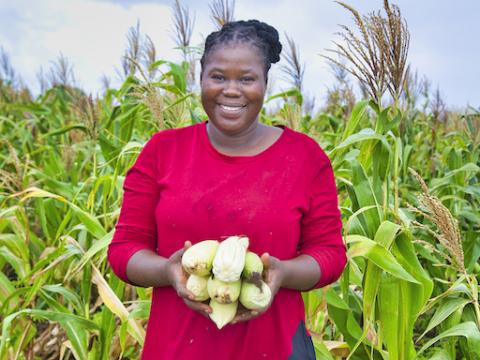
By Lilian Dodzo, National Director, World Vision Kenya
The stories of the ongoing drought in Kenya are heart breaking to watch and process. The suffering and deprivation caused by the food and water shortage among affected communities, especially children are immense and devastating.
As a parent myself, it breaks my heart to stare into the seemingly lifeless eyes of children emaciated by hunger who are too weak to play, learn and engage in daily life activities.
I empathise with the pain that their parents are going through, as it is not easy to watch your child suffer yet remain helpless and unable to end the suffering.
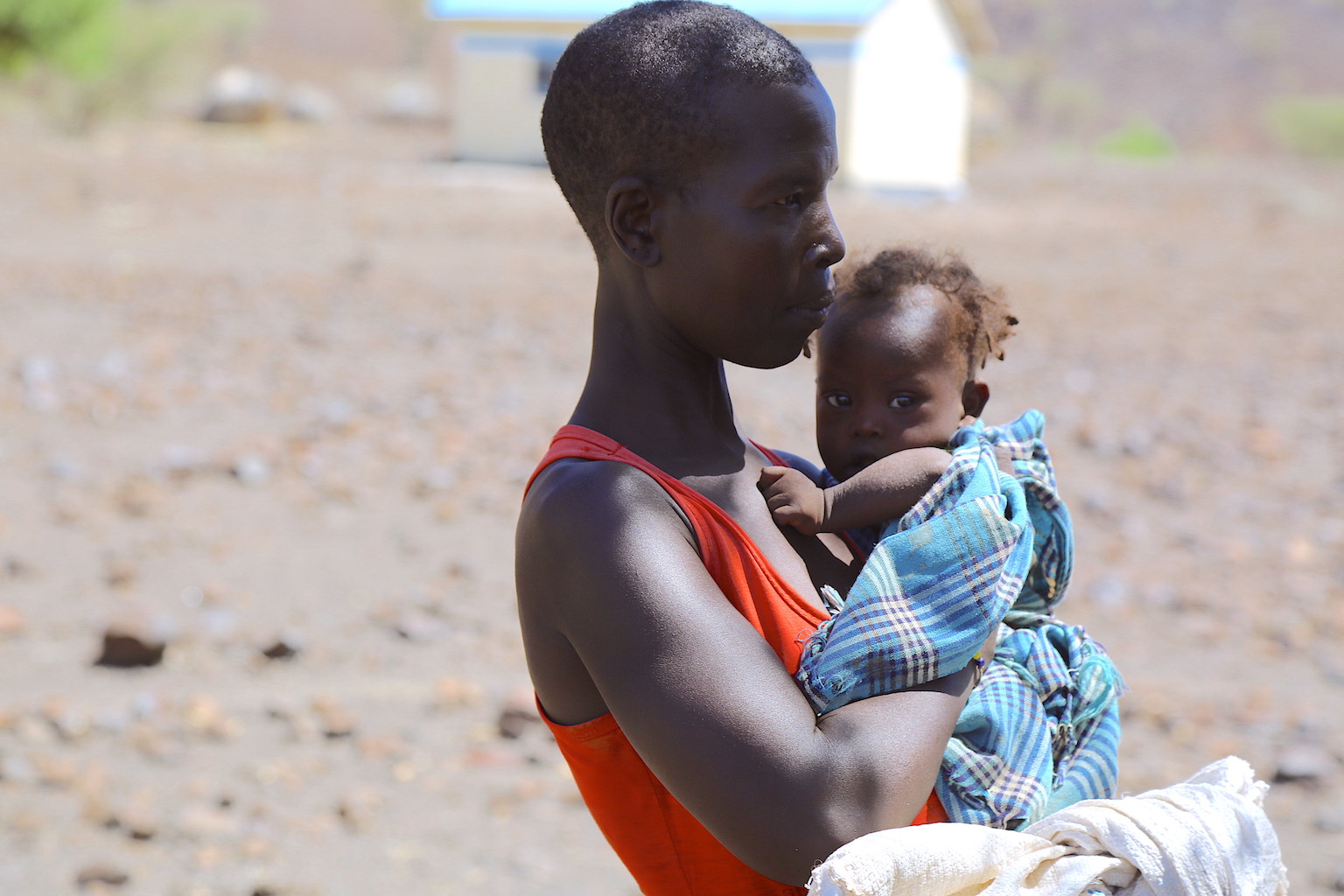
Year in year out, Kenya, just as many other countries struggle with ever increasing long dry spells and perennial droughts exacerbated by climate change that is taking a toll on communities and undermining household food security.
The government, in collaboration with non-governmental organisations (NGOs) such as World Vision and other stakeholders, has been empowering communities to cope effectively with drought challenges and become food secure.
This momentum should not stop. Increased investment into innovative development approaches or technologies, which can strengthen community resilience and help communities adapt to the adverse effects of climate change is required.
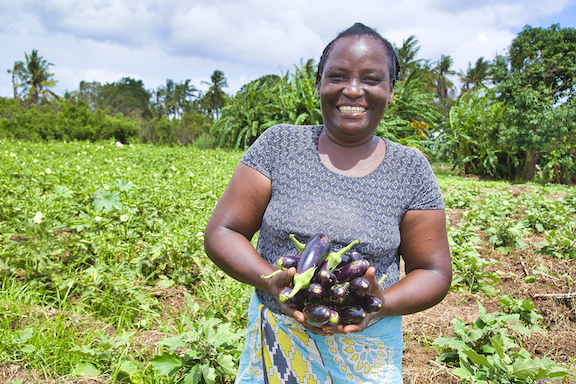
We need to keep building their resilience against these recurring droughts so they can enjoy sustainable food and nutrition security at all times.
This can be achieved by reducing the overreliance of communities on rain fed agriculture for both crop and livestock production, which usually makes them vulnerable to crop failures and reduced animal yields or deaths during dry seasons.
At the household level, families can be supported with tanks that will allow them to harvest water during rainy seasons, which they can consume and also use for agriculture. Well established and managed water pans are also effective in capturing and storing storm water that usually goes to waste during the rainy seasons. The water can later be used for irrigation and livestock consumption during the dry season.
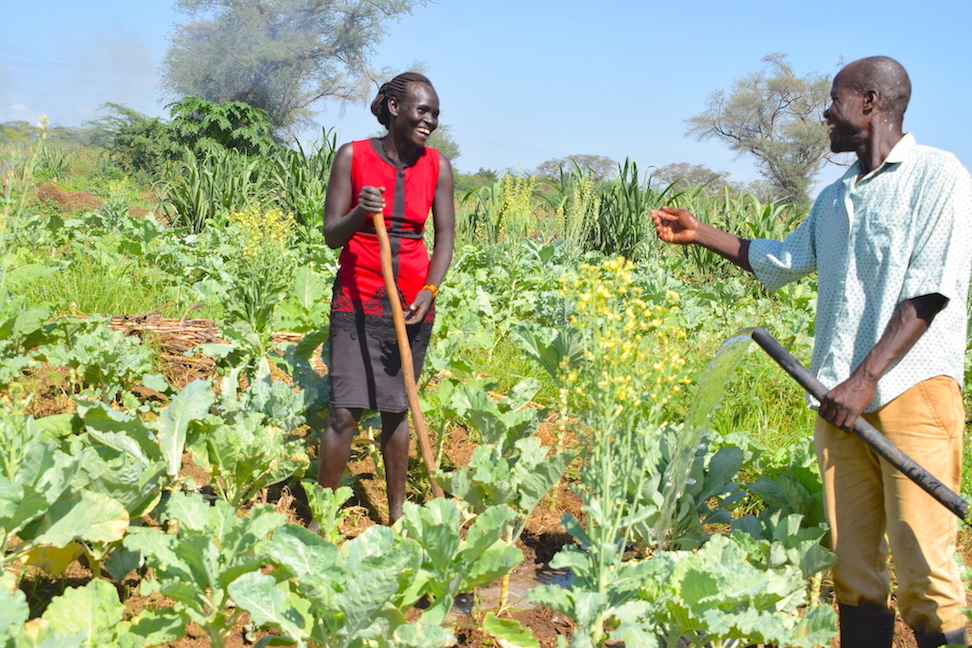
But in the long run, investments in water projects like boreholes, equipped with sufficient storage tanks and elaborate pipelines that serve a large population of people will go a long way in enabling communities to enjoy sustainable water supply for their crops and livestock all year round.
The uptake of fast maturing and drought resistant crop varieties is also important in tackling food security problems. They include millet, sorghum and cassava that farmers can grow and harvest within three months.
Maize, which is a staple food crop for Kenya and many African countries requires sufficient rainfall to grow. Nevertheless, scientists have bred drought resistant varieties that are ideal for communities living in dry areas that are prone to drought.
However, increased access to these drought resistant seed varieties is just part of the solution. To enjoy bumper harvests, farmers need to be empowered or trained on effective crop management practices such as proper land preparation, good use of manure or fertilisers, mulching, crop rotation, intercropping, as well as pests and disease control.
Among pastoralist communities, the use of drought hardy animals is already widespread. But the animals often suffer and even die in prolonged dry seasons when pastures diminish. Training communities on grass planting and preservation techniques can help them have sufficient animal feeds all year round.
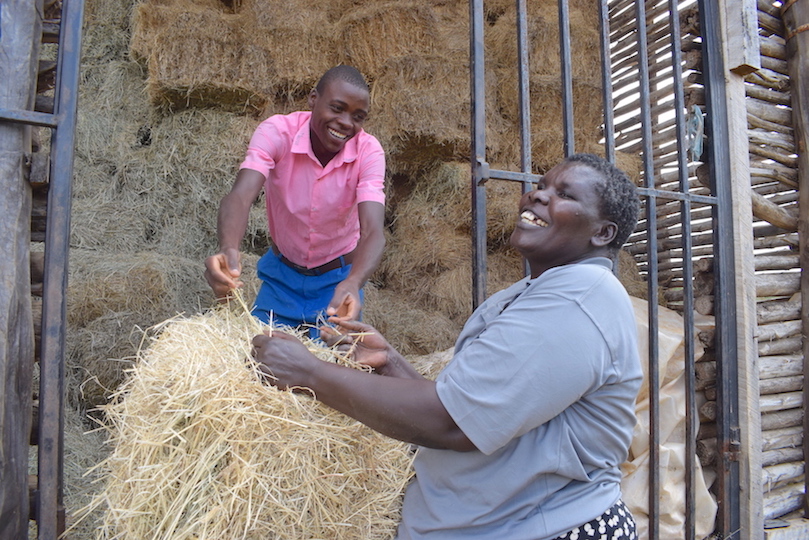
Innovative ways of coping with the drought challenge, such as the introduction of livestock insurance programmes are also cushioning communities from massive losses experienced during long dry spells.
As climate change continues to wreak havoc on communities, reliance on either crop farming or livestock keeping to earn a livelihood is no longer sustainable. Therefore, equipping vulnerable populations with skills and knowledge that can enable them to embrace new business ventures is worthwhile. With multiple income streams, families can buy food and afford other basic needs for their children and families irrespective of the weather patterns.